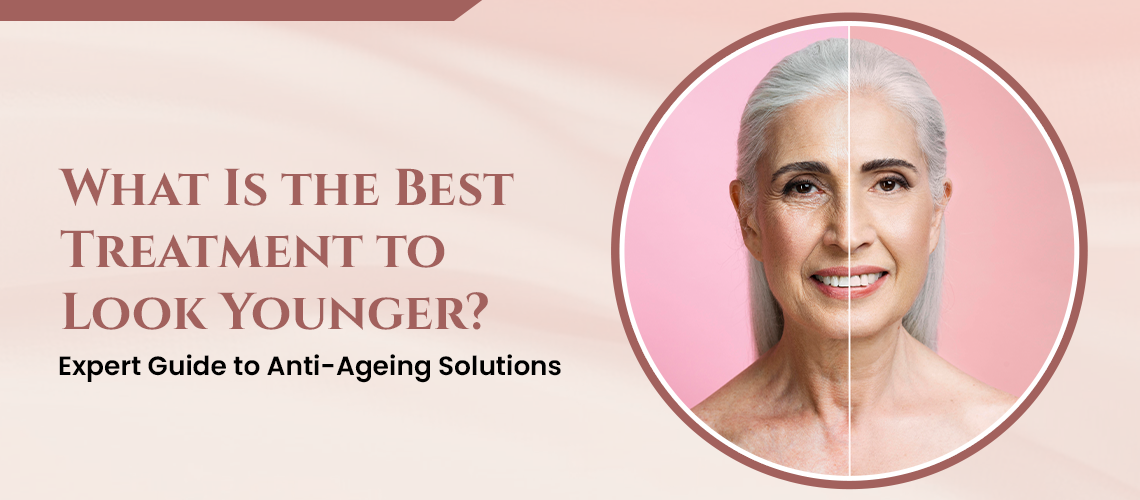Modern trends have made tanning become a popular trend for those who want to achieve a sun-kissed glow. Whether in preparing to attend a special event, just desire a beauty tan or you may get one of the various available Sydney tanning treatments, improper tanning can damage your skin. It is very important to know how to take care of your skin without any risks.
Why Protecting Your Skin During Tanning is Important?
Tanning treatments can harm your skin under harmful UV rays. The tanning treatment can be done in the sun or in the tanning salon. The sun’s rays can make your skin damage to no extent and create many problems, such as:
- Premature Aging: The UV rays can make your skin full of wrinkles, fine lines, and sagging as these rays can damage the collagen of your skin.
- Sunburn: Exposure to the sun can also lead to painful sunburn.
- Uneven Tan: Tanning without proper care will cause even patches and a rather unnatural look.
- Skin Cancer: The UV rays in excessive amounts can damage your skin which can lead to skin cancer.
Types of Tanning Treatments in Sydney
Before talking about how to protect the skin, let’s briefly look at some of the tanning treatment salons in Sydney:
Sunbathing (Natural Sun Tanning)
This is a traditional method of spending some time under the sun in order to achieve a tan. Of course, this may give one immediate result, but it also happens to be the most destructive of all if it is carried out improperly.
Indoor Tanning (Tanning Beds)
Indoor tanning uses ultraviolet rays to darken skin; just like with the sun outdoors. This procedure is the one most known for emitting intense radiation from tanning beds.
Spray Tanning
Spray tanning is safer than UV tanning. This treatment is mostly suggested because the application of the spray contains dihydroxyacetone, which darkens your skin without getting affected by the UV rays. This tanning treatment has less risk of skin damage. This method is effective and provides instant results.
Self-Tanning Products
There is also the use of self-tanning lotions, creams, and mousses in order to attain a controlled tanning process at home. These have DHA, which will react with the amino acids in your skin to provide a natural-looking tan with no harmful UV rays involved.
Tips to Protect Your Skin While Tanning
Use Sunscreen
If you are going for a tanning treatment, either sun or tanning bed. Then be sure to apply some sunscreen. Sunscreen in the form of 30 SPF or greater is often suggested by all dermatologists. Apply sunscreen to exposed places every 2 hours, and it will protect against all skin damage due to UV rays.
- Tips: Select a sunscreen that protects from UVA and UVB. UVA rays penetrate deep into the skin, where they can stimulate early aging, while UVB rays are responsible for burning the skin.
Hydrate Your Skin
One of the best things for your skin when receiving some form of tanning therapy is to keep it hydrating. Dry skin will generally peel more, causing irregular fading of your tan. Drink plenty of water to keep your skin soft all day and use moisturizing lotions to maintain their softness.
- Tips: Always use the alcohol-free moisturizer, as it can dry your skin to no extent.

Avoid Overexposure to UV Rays
Limit your skin’s exposure to UV, regardless of whether you get your tan naturally or under the tanning bed. Prolonged exposure leads to damage and skin burns. Start by giving yourself short sessions, but extend the time progressively.
- Tips: If you are using a tanning bed, use it according to the recommended exposure time for your skin type to avoid overexposure.
Exfoliate Before Tanning
Exfoliation helps to remove dead skin cell layers to reveal fresh, living skin. Exfoliation before tanning is of help to tanning products such as self-tanners and spray tans in terms of uniform deposition and longevity.
- Tips: Gently exfoliate your skin with a scrub or loofah, avoiding harsh exfoliants that may damage the skin. Never use products that may hurt your skin.
Wear Protective Gear
While tanning, you can wear protective gear to cover sensitive and weak areas of your skin. In that case, you might put on sunglasses to shield your eyes, and you could wear a hat to cover your face.
- Tips: In using a tanning bed, protective eyewear, for instance, UV protective eyewear, is sometimes preferred.
Aftercare: Moisturize and Repair
Right after the tanning, your skin requires some care to come out of the UV ray exposure or through other chemical-related processes. The application of some kind of soothing moisturizer allows your skin to repair while retaining the tan. An ideal after-sun cream includes aloe vera or vitamin E for calming and nourishment to the skin.
- Tips: Avoid using hard soaps or hot showers shortly after tanning. Such activities tend to wash off moisture from your skin and make your tan disappear much faster.
Conclusion
Treatment of tanning is a risk-free solution for your skin with all the necessary precautions. There are many of getting this treatment such as sun exposure, tanning beds, and spray tanning. But most of all, keep track of how long your skin will be exposed to UV, and never forget to use aftercare once you’ve tanned so that your skin can repair and nourish itself. You’ll find many safe tanning options in Sydney, so if you desire that perfect golden glow, you can have it while still keeping your skin healthy.
Frequently Asked Questions
Yes, you can get tanned in winter, but do not forget to use sunscreen in any condition of weather.
Apply the aloe vera or sooth your skin from moisturizer and drink plenty of water to hydrate your skin.
You should hydrate your skin by moisturizing it twice a day in a proper way.
Yes, you can tan your skin on the tanning bed, but make sure that you wear the goggles.






